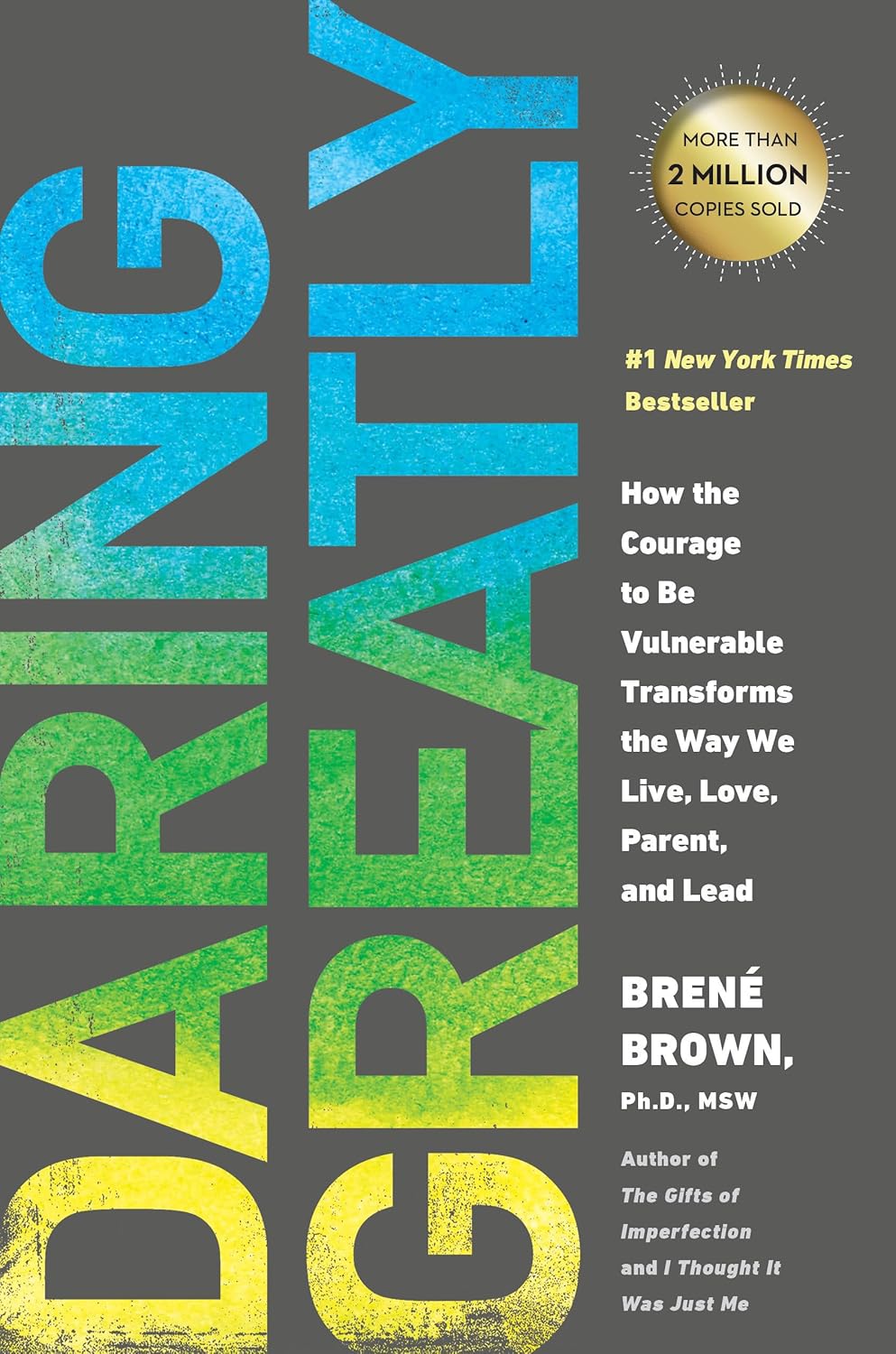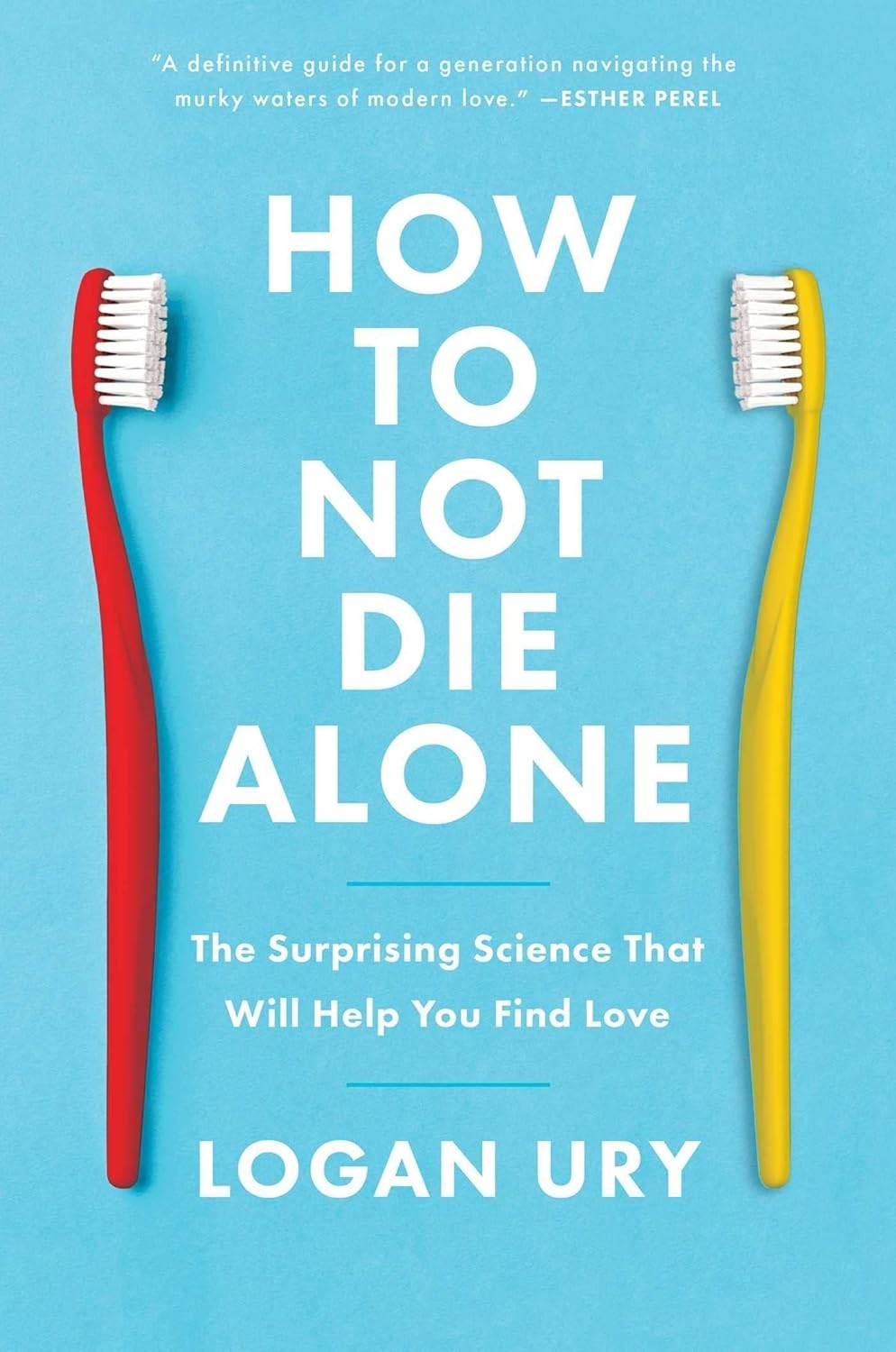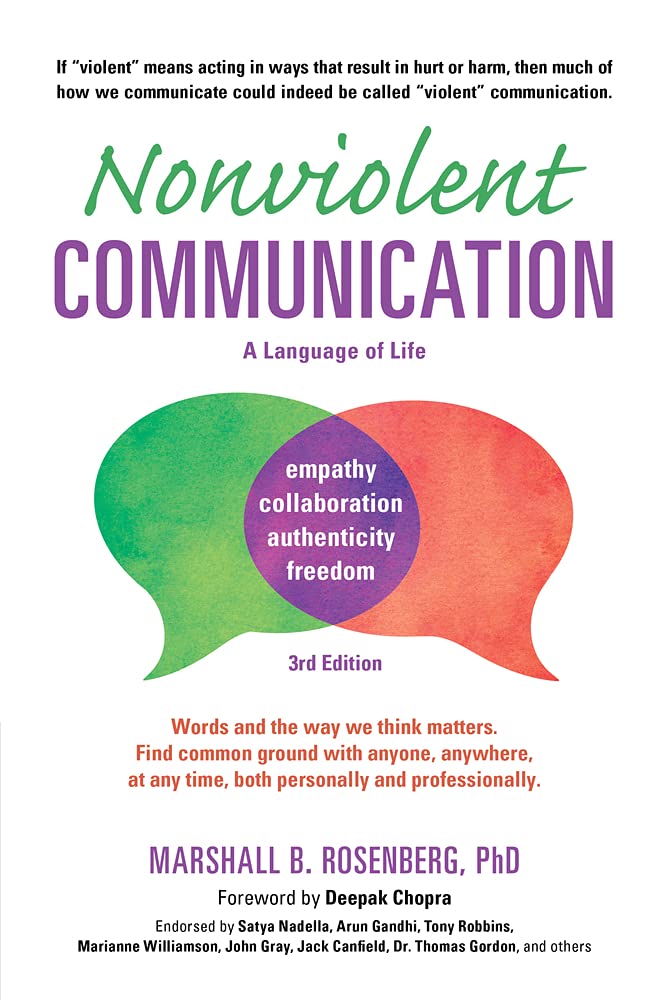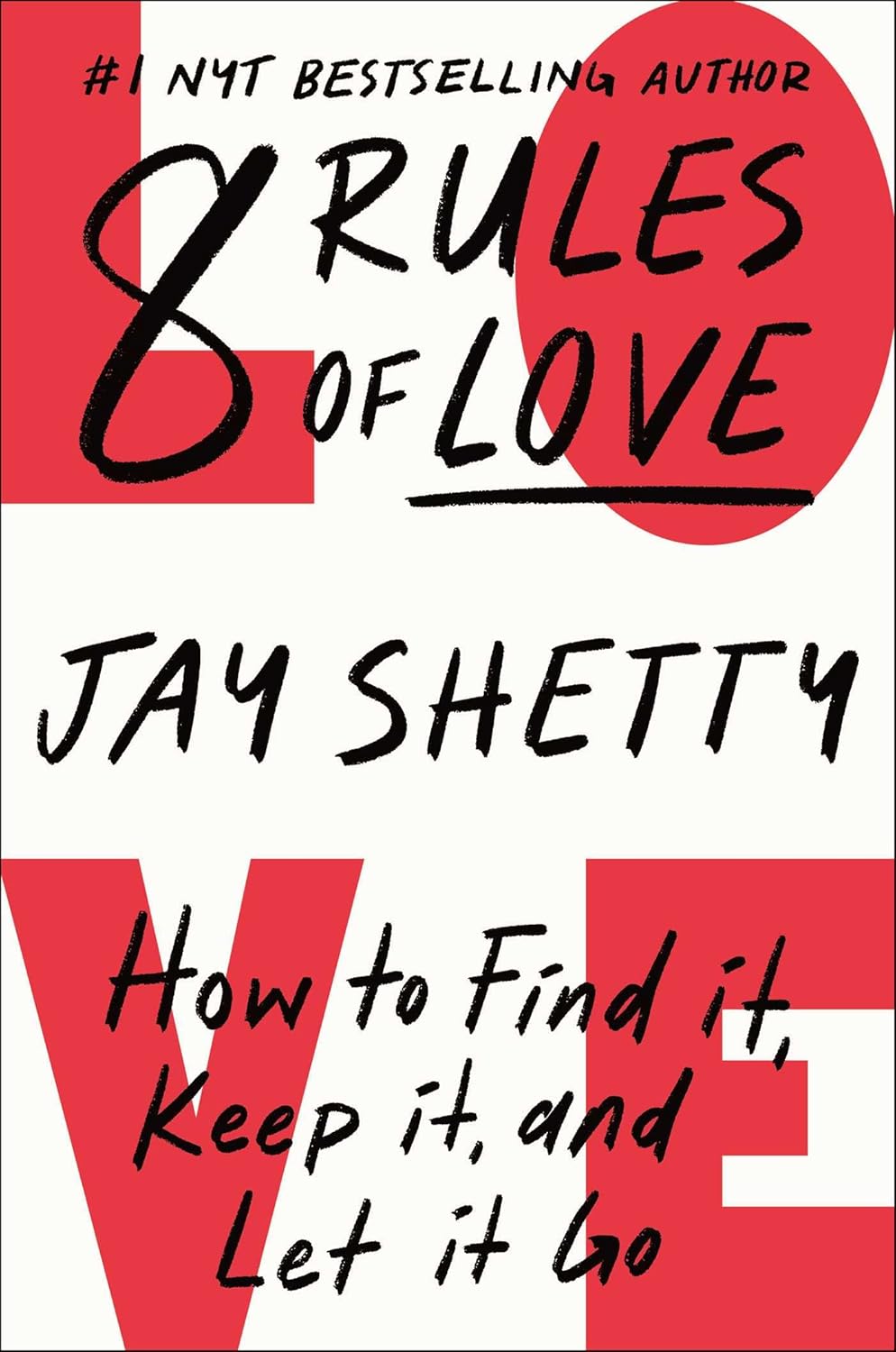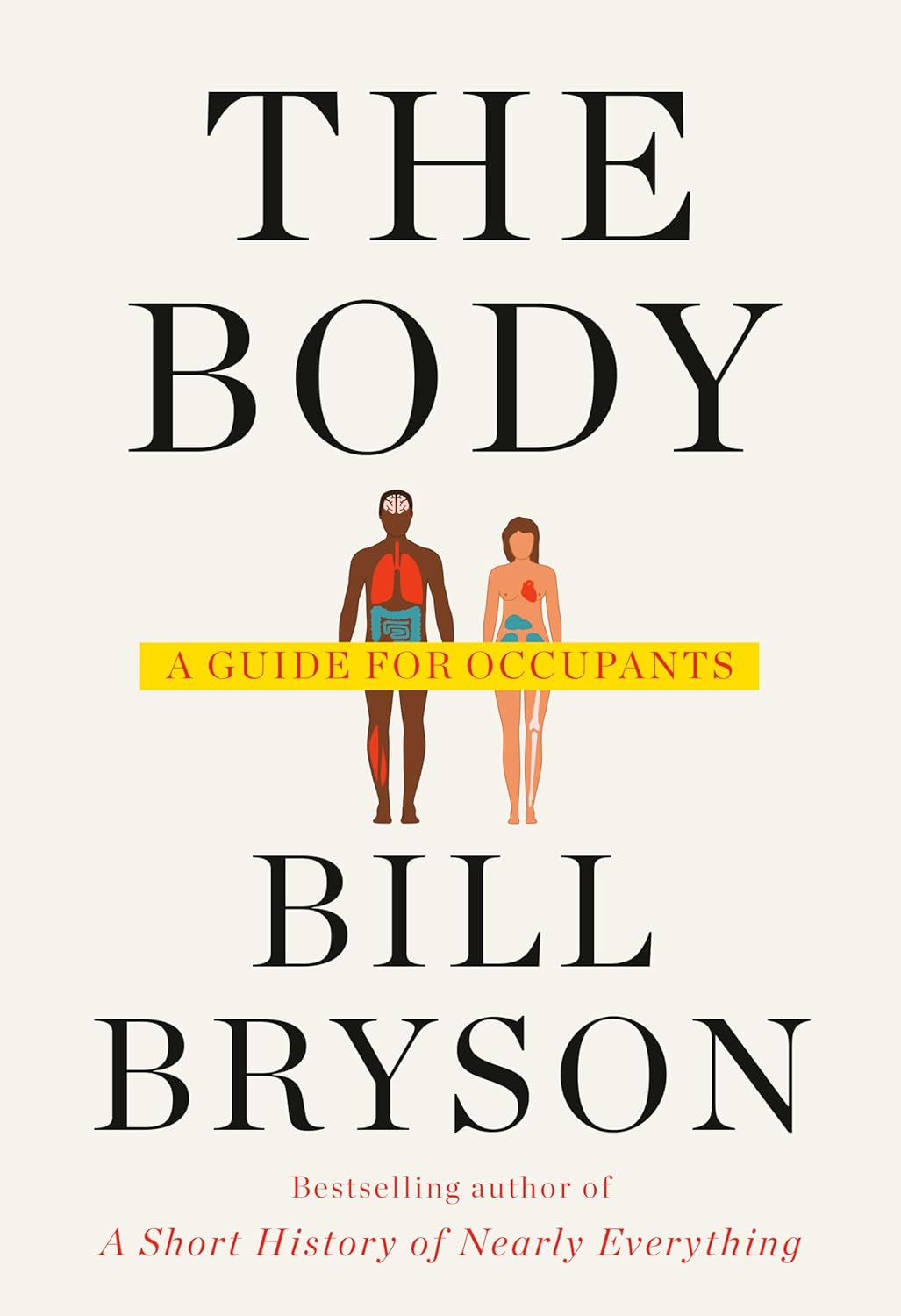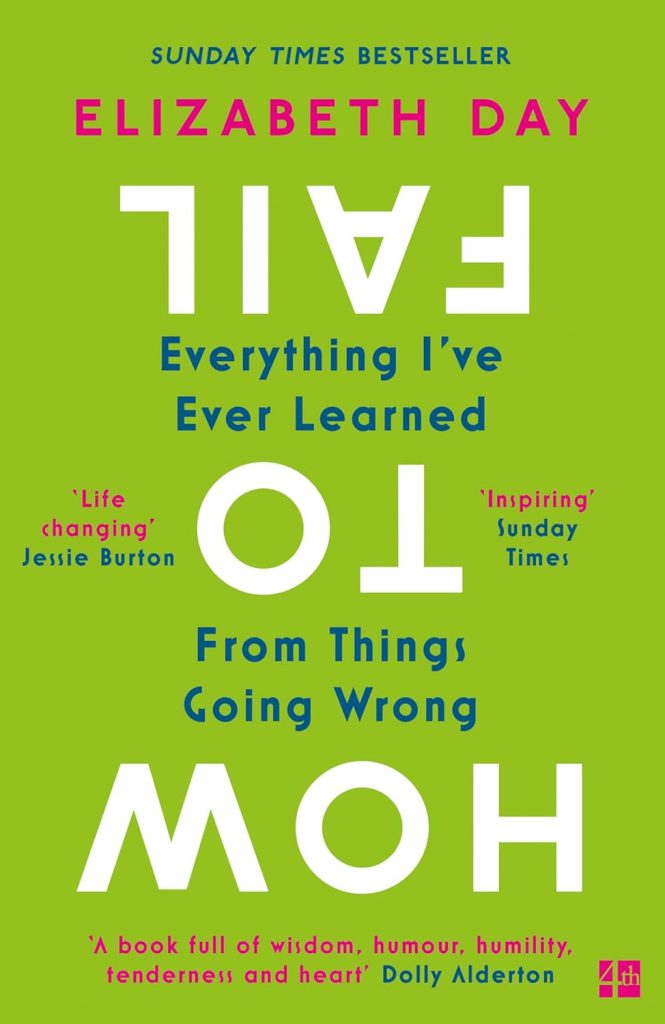
Buy The Book


Chapter
- How to Fail: Everything I’Ve Ever Learned from Things Going Wrong
- ✦ Chapter 1. How to Fail at Fitting In
- ✦ Chapter 2. How to Fail at Tests
- ✦ Chapter 3. How to Fail at Your Twenties
- ✦ Chapter 4. How to Fail at Dating
- ✦ Chapter 5. How to Fail at Sport
- ✦ Chapter 6. How to Fail at Relationships
- ✦ Chapter7. How to Fail at Being Gwyneth Paltrow
- ✦ Chapter 8. How to Fail at Work
- ✦ Chapter 9. How to Fail at Friendship
- ✦ Chapter 10. How to Fail at Babies
- ✦ Chapter 11. How to Fail at Families
- ✦ Chapter 12. How to Fail at Anger
- ✦ Chapter 13. How to Fail at Success
How to Fail: Everything I’Ve Ever Learned from Things Going Wrong

About
“How to Fail: Everything I’ve Ever Learned From Things Going Wrong” by Elizabeth Day is a part-memoir, part-manifesto exploring the lessons learned from life’s inevitable setbacks. Day, a British author, journalist, and broadcaster, is known for her insightful interviews on her “How to Fail” podcast.
In this book, Day shares her personal failures, from childhood mishaps to relationship breakdowns and career stumbles, and examines how these experiences have shaped her. She argues that embracing vulnerability and learning from adversity are essential for growth and self-acceptance. Through humor and honesty, she challenges the stigma surrounding failure and encourages readers to redefine their understanding of success. Day also incorporates insights from her podcast guests, weaving together personal narratives and broader cultural observations. Ultimately, “How to Fail” is a guide to navigating life’s challenges with resilience and finding meaning in the face of disappointment.

Spark
Learn
Review
✦ Chapter 1. How to Fail at Fitting In
Fitting in feels like a game where everyone else knows the rules except you. Despite best efforts, there’s always a sense of otherness, like a puzzle piece that doesn’t quite belong. Social norms and expectations seem baffling, and attempts to conform often result in awkward missteps or an overwhelming sense of compromise. Pretending to be someone you’re not might temporarily win acceptance, but it comes at the cost of authenticity and self-worth. The harder you try, the more the disconnect grows, leaving a lingering question: why does it come so easily to others?
Sometimes, it’s about not wanting to fit into molds that feel restrictive or alien. There’s a silent rebellion against the pressure to blend in, but it’s also accompanied by a loneliness when standing outside the circle. Eventually, it becomes clear that trying to fit in at all costs is a losing game. True belonging doesn’t come from forced assimilation but from finding or creating spaces where individuality is celebrated. Failure here isn’t about being rejected; it’s about realizing that the freedom to be yourself is far more valuable than any fleeting approval from others.
✦ Chapter 2. How to Fail at Tests
Tests are supposed to measure knowledge, but they often feel like they measure everything but. Anxiety takes over when staring at a paper filled with questions that seem to mock your preparation. It’s not just about lack of effort—sometimes, it’s about the format, the rigidity, the pressure. The time constraints feel suffocating, and the fear of failure overshadows clarity. Studying becomes a ritual of cramming, with facts slipping away the moment you need them most.
Past failures linger in the mind, amplifying the pressure for future tests. The idea of being defined by a grade or a number is exhausting, especially when so much of life lies beyond the scope of what’s being tested. Success feels arbitrary; sometimes you pass, sometimes you don’t, and there’s no clear reason why. Failing at tests often leads to questioning self-worth, as though academic performance somehow equates to personal value.
But failing also brings a deeper realization: life itself doesn’t operate like a test. The skills that matter most—adaptability, creativity, resilience—can’t be captured on a standardized form. Real learning comes from experiences, mistakes, and growth, not from circling the correct letter on a page.
✦ Chapter 3. How to Fail at Your Twenties
The twenties arrive with a promise of self-discovery, success, and freedom, but they often feel like a chaotic mess. Expectations run high—this is supposed to be the decade where everything falls into place. Instead, there’s an overwhelming sense of uncertainty, with career paths that veer off course, relationships that don’t last, and personal goals that remain unfulfilled.
There’s a pressure to have it all figured out, but the reality is stumbling through trial and error. Jobs that seemed perfect turn out to be soul-crushing, and dreams that felt achievable seem impossibly distant. Comparing yourself to peers only heightens the feeling of failure, as others appear to move forward effortlessly while you’re stuck in limbo. The twenties feel like a constant negotiation between who you are and who you thought you’d be.
Despite the chaos, failure in this decade teaches invaluable lessons. It’s a time to confront unrealistic expectations and let go of the notion that life has a set timeline. Success doesn’t have to follow a straight path, and it’s okay to take detours. By fumbling through the uncertainties, there’s a chance to redefine what fulfillment and happiness truly mean. The twenties aren’t a failure—they’re a messy, necessary step toward growth.
✦ Chapter 4. How to Fail at Dating
Dating feels like walking into a room with a blindfold on, trying to navigate a maze where every turn leads to potential disaster. There’s the pressure to make the perfect first impression, to say the right things, and to somehow present a version of yourself that’s charming yet authentic. But the more you try, the more it feels like stumbling over your own feet. Awkward silences, misread signals, and overthinking every text message become part of the routine.
Dates that start with excitement often end in confusion or disappointment. Sometimes it’s a matter of realizing there’s no spark, or worse, pretending there is just to avoid the discomfort of rejection. The endless cycle of hope and letdown can make it tempting to give up altogether, convincing yourself that you’re just not cut out for this.
But through the failures, there’s an opportunity to learn—not just about what you want in a partner but also about yourself. Each misstep is a chance to grow, to refine your boundaries, and to understand that not every connection is meant to last. Dating isn’t about getting it perfect; it’s about figuring out what—and who—fits into your life, one imperfect attempt at a time.
✦ Chapter 5. How to Fail at Sport
Sport can feel like an arena where everyone else seems to shine while you’re stuck struggling to keep up. The idea of natural talent becomes painfully obvious when teammates or opponents breeze through challenges that leave you panting for breath. Whether it’s missing the shot, fumbling the ball, or finishing last, every attempt seems to highlight what isn’t working. Practice might help, but it’s frustrating when the improvement comes slowly or not at all.
There’s also the emotional side of failure in sport—the embarrassment of letting a team down, the sting of criticism, or even the self-imposed shame of not meeting your own expectations. Losing isn’t just about the score; it’s about the weight of feeling like you don’t belong or aren’t good enough. It’s easy to wonder why you even bother when the outcome seems so predetermined.
But failing at sport teaches more than winning ever could. It reveals the value of persistence, the importance of teamwork, and the ability to laugh at yourself. Sometimes, it’s not about being the best but about showing up, trying, and finding joy in the effort itself. The real victory lies in discovering how to keep going, even when success feels out of reach.
✦ Chapter 6. How to Fail at Relationships
Relationships often feel like walking a tightrope, balancing love, communication, and compromise while trying not to fall. Despite the best intentions, there’s a tendency to hurt and be hurt. Misunderstandings pile up, small issues escalate into larger ones, and cracks form in the foundation you were so sure was solid. The optimism of the beginning gives way to the slow realization that love alone isn’t always enough.
Failure in relationships doesn’t always come from dramatic betrayals or explosive arguments. Sometimes, it’s the quiet moments—the drifting apart, the unmet needs, the inability to say what you really feel. The guilt of not being enough or the frustration of giving too much leads to an emotional tug-of-war. Even when it’s clear things aren’t working, letting go feels impossible because of the time and energy invested.
But failing at relationships is never wasted. Each heartbreak reveals something new about yourself—what you need, what you can give, and where your boundaries lie. It’s a reminder that love is messy and imperfect, just like people are. The end of one connection doesn’t mean permanent failure; it’s a step toward understanding what love looks like when it’s truly right for both people involved.
✦ Chapter7. How to Fail at Being Gwyneth Paltrow
Trying to embody Gwyneth Paltrow feels like chasing an impossible ideal. The vision of perfection—health, beauty, serenity—shines so brightly that it’s almost blinding. Juice cleanses, glowing skin, a wardrobe that whispers effortless elegance, and a lifestyle curated to the last detail seem unattainable. Even with the best intentions, there’s a sinking realization that no amount of kale smoothies or organic yoga mats will close the gap.
It’s not just about the external pressures; it’s about the internal struggle. There’s a temptation to compare every facet of life to someone else’s polished façade, only to feel inadequate when reality doesn’t match up. The aspiration to be flawless is exhausting, and the pursuit itself feels like failure when every attempt highlights imperfections.
But falling short of such an image can be liberating. It’s a reminder that perfection is a construct, often unattainable and unnecessary. Life isn’t meant to be lived through a filtered lens or measured against someone else’s curated version of existence. The failure isn’t in not being Gwyneth; it’s in believing that you need to be. Letting go of that pressure creates space to celebrate your own messy, authentic, and wonderfully imperfect life.
✦ Chapter 8. How to Fail at Work
Work feels like a battlefield where victory is elusive, and mistakes seem to pile up faster than successes. Whether it’s sending the wrong email, missing deadlines, or fumbling through presentations, the fear of failure looms large. Colleagues seem to glide through their tasks effortlessly while you’re stuck overthinking every move or doubting your abilities. The pressure to climb the ladder, impress the boss, or simply stay afloat can feel suffocating.
There’s also the harsh realization that hard work doesn’t always guarantee results. Promotions go to others, recognition feels distant, and sometimes the job itself fails to align with your passions or values. The sense of pouring yourself into something only to feel unfulfilled is a unique kind of defeat. It’s tempting to question whether you’re in the right place or even capable of succeeding at all.
But work failures often bring clarity. They highlight what matters most—whether it’s boundaries, purpose, or redefining what success looks like. Missteps at the office don’t define your worth; they’re part of learning and growing. Sometimes, failing at work is the nudge needed to pivot, to reassess, or to find something that aligns better with who you are.
✦ Chapter 9. How to Fail at Friendship
Friendship is supposed to be easy, but it often feels like a tightrope walk between connection and misunderstanding. There’s the guilt of forgetting birthdays, the awkwardness of drifting apart, and the sting of realizing you’ve let someone down. The balance of giving and receiving can tip too far in either direction—overextending yourself or, worse, not showing up enough.
Sometimes, it’s about outgrowing people who once felt like home or struggling to maintain bonds when life pulls you in different directions. There’s the quiet regret of not calling back, of not noticing when someone needed you most. And then there’s the heartbreak of being the one left behind, wondering what went wrong or why the friendship faltered.
Failing at friendship isn’t about being a bad person; it’s about being human. Relationships are messy, and life gets in the way. But these failures teach the value of presence, communication, and forgiveness—both for yourself and others. They remind you that not every friendship is meant to last forever, and that’s okay. The ones that truly matter will withstand the bumps along the way, and the lessons from the ones that don’t will help you be better in the ones that do.
✦ Chapter 10. How to Fail at Babies
Babies come with an expectation of joy and fulfillment, but the reality can feel overwhelming. There’s the exhaustion that no amount of preparation can match, the constant second-guessing of every decision, and the guilt that creeps in when you feel like you’re not doing it “right.” The pressure to be the perfect parent—to bond instantly, to instinctively know what the baby needs, to keep it all together—is relentless. When others seem to manage effortlessly, the comparison can feel crushing.
There’s also the unspoken truth that not everyone feels the way they’re told they should. The love might not come immediately, and the sheer weight of responsibility can feel suffocating. The crying, the sleepless nights, the loss of personal identity—all of it can lead to moments of doubt, wondering if you’re cut out for this. Failing at babies isn’t just about the big things; it’s in the small moments where you feel like you’re falling short.
But through the perceived failures comes understanding. There’s no perfect way to parent, and every mistake is a step toward figuring it out. Babies don’t need perfection; they need love, effort, and resilience. Accepting the messiness of it all is where the real connection begins.
✦ Chapter 11. How to Fail at Families
Families are complicated. The people you’re supposed to feel closest to can often be the ones who push your buttons the most. There’s the weight of unspoken expectations, the tension of unresolved conflicts, and the frustration of trying to bridge gaps that feel insurmountable. Whether it’s clashing with parents, feeling distant from siblings, or struggling to form your own family dynamic, there’s always a sense of falling short somewhere.
The relationships you’re born into or build can feel like a minefield. Arguments over trivial matters turn into deep-seated resentment, and the pressure to keep the peace can mean swallowing your own feelings. Sometimes, it’s about not meeting the standards set by others, or even worse, the ones you’ve set for yourself. The fear of disappointing those you care about can be paralyzing, and the guilt of not being enough lingers.
But failing at families isn’t the end. It’s an opportunity to learn about boundaries, forgiveness, and the reality that no family is perfect. The cracks and imperfections are where growth happens, where deeper connections can form. Loving your family doesn’t mean always getting it right; it means showing up, trying, and understanding that failure is part of the process.
✦ Chapter 12. How to Fail at Anger
Anger is messy. It bubbles up unexpectedly, sometimes over the smallest things, and leaves behind a trail of regret. There’s the shame of losing control, the guilt of saying things you didn’t mean, and the frustration of not being able to express it in a constructive way. Whether it’s snapping at loved ones, bottling it up until it explodes, or directing it inward, anger often feels like a failure in itself.
The pressure to stay calm and composed, to never let emotions get the better of you, can make anger feel like a personal flaw. There’s the fear of being seen as unreasonable or difficult, which can lead to suppressing it entirely. But holding it in only makes it worse, turning it into resentment or self-blame. When anger spills over, it’s easy to feel like you’ve let yourself and others down.
Yet, failing at anger is a chance to understand it better. Anger isn’t inherently bad—it’s a signal that something needs attention. The key isn’t avoiding it but learning to sit with it, to express it without causing harm. Each misstep with anger is a lesson in how to channel it into something meaningful, turning it from a failure into a tool for growth.
✦ Chapter 13. How to Fail at Success
Success is supposed to feel like a victory, but sometimes it feels hollow, like climbing a mountain only to realize the view isn’t what you expected. Achieving goals that once seemed so important doesn’t always bring the fulfillment you thought it would. There’s a strange emptiness in getting what you wanted but still feeling like something is missing. The pressure to keep achieving, to move on to the next milestone, can overshadow the moment.
Success also comes with comparisons. Even when you accomplish something, there’s always someone who’s done it bigger, better, or faster. It’s easy to feel like your success isn’t enough or that it doesn’t count because it doesn’t measure up to someone else’s. You can get trapped in a cycle of striving, never pausing to appreciate what you’ve done because the bar keeps moving.
The failure in success isn’t about achieving less—it’s about not letting yourself enjoy what you’ve achieved. It’s about tying your worth to accomplishments instead of finding value in who you are. Learning to redefine success, to see it as something personal and evolving, is where the real growth happens. Success isn’t a destination; it’s a process, and it’s okay to fail at it sometimes.
For People
– Perfectionists
– Those struggling with self-doubt
– Individuals navigating life transitions
– Anyone seeking greater self-acceptance
– Those interested in resilience
Learn to
– Increased self-compassion
– Reduced fear of failure
– Enhanced resilience
– Improved self-awareness
– Greater authenticity



